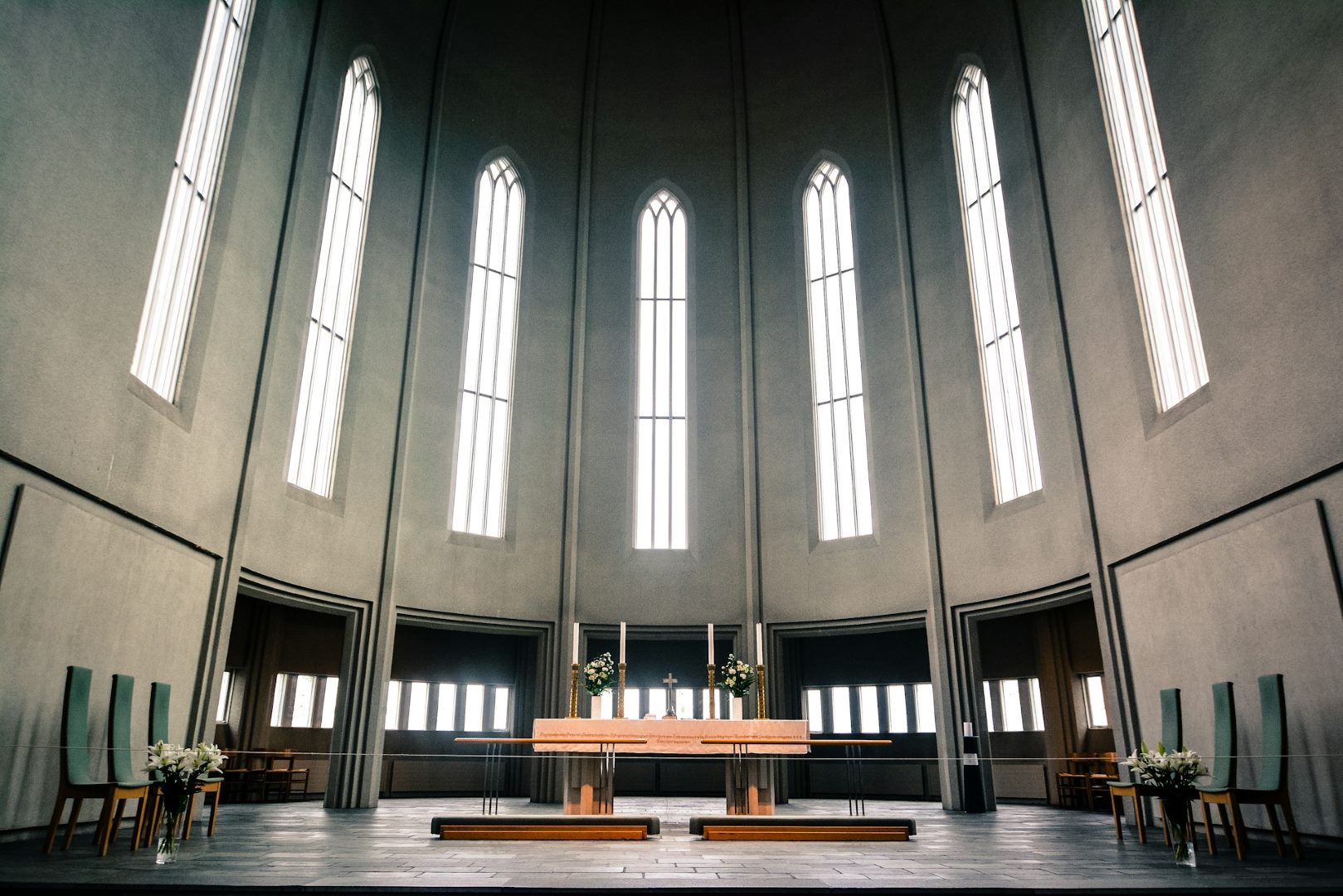A History Steeped in Tradition: The Origins of Greek Orthodox Christmas
The Greek Orthodox Christmas, also known as “Xmas” or “Christougenna,” holds deep significance in the Eastern Orthodox Christian tradition. Its roots can be traced back to the early centuries of Christianity, with the first recorded celebration dating back to the 4th century AD. Since then, Greek Orthodox Christians have celebrated this joyous occasion with unwavering devotion and cultural flair.
The Significance of December 25: A Date of Divine Birth and Renewal
In contrast to the Western Christian tradition, which celebrates Christmas on December 25th, Greek Orthodox Christians observe the holiday on January 7th. This distinctive date stems from the Julian calendar, which the Eastern Orthodox Church continues to adhere to. Despite the difference in timing, the significance of December 25th holds true for both traditions, marking the miraculous birth of Jesus Christ.
Preparations and Festivities: A Season of Joy and Anticipation
Fasting and Spiritual Preparation
The period leading up to Greek Orthodox Christmas, known as the Nativity Fast, is characterized by spiritual preparation and fasting. Believers abstain from meat, dairy products, and fish for 40 days, mirroring the fast undertaken by Jesus before his baptism. This period of introspection and self-purification helps create an atmosphere of reverence and anticipation for the coming festivities.
Vigorous Celebrations and Traditional Delicacies
On Christmas Eve, families gather for a festive meal known as “Agrypnia,” which translates to “absence of sleep.” This joyous celebration involves attending an evening church service followed by a feast featuring traditional foods such as “Christopsomo” (Christ’s bread), “kourabiedes” (sugar cookies), and “melomakarona” (honey cookies).
Christmas Day Traditions: A Symphony of Joyous Customs and Symbolism
Church Service and Holy Communion
The heart of Greek Orthodox Christmas is the Divine Liturgy, a solemn and uplifting church service held on Christmas morning. The service is filled with hymns, prayers, and the sharing of Holy Communion, representing the unity and love that Christ brought into the world.
Blessing of the Waters and Family Gatherings
A unique tradition on Epiphany Day, which follows Christmas, is the “Blessing of the Waters.” Priests bless rivers, lakes, and seas, symbolizing the baptism of Jesus in the River Jordan. Families and friends partake in this ritual, believing it brings good fortune and protection for the coming year.
Music and Customs: A Cultural Tapestry of Melodies and Traditions
Traditional Carols and Hymns
Greek Orthodox Christmas is renowned for its enchanting carols and hymns. “Kalanta” are traditional songs sung by children and adults alike, spreading the message of Christ’s birth throughout neighborhoods. The renowned Byzantine chant, with its captivating melodies and deep spiritual significance, adds to the festive atmosphere.
Decorations and Festive Ambiance
Houses and churches are adorned with festive decorations, including twinkling lights, colorful ornaments, and garlands. The “Nativity Scene” or “Bethlehem,” depicting the birth of Jesus, occupies a central place in homes, offering a poignant reminder of the holiday’s spiritual essence.
Regional Variations: A Kaleidoscope of Cultural Expressions
Greek Orthodox Christmas traditions vary slightly across different regions, reflecting the rich cultural diversity within the Eastern Orthodox world. In some areas, children go door-to-door singing carols and receiving small gifts, while others participate in lively dance performances and theatrical plays.
Conclusion: A Timeless Celebration of Faith and Heritage
Greek Orthodox Christmas is a vivid tapestry of faith, tradition, and cultural practices. It is a time for spiritual reflection, family gatherings, and the joyous celebration of the birth of Jesus Christ. From the solemn church services to the festive feasts and vibrant customs, this holiday holds profound significance for Greek Orthodox Christians worldwide. May its timeless traditions continue to inspire and enrich generations to come.



